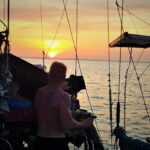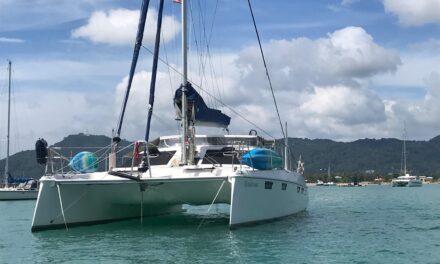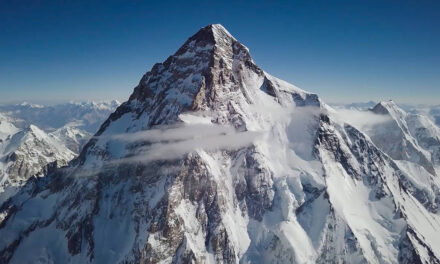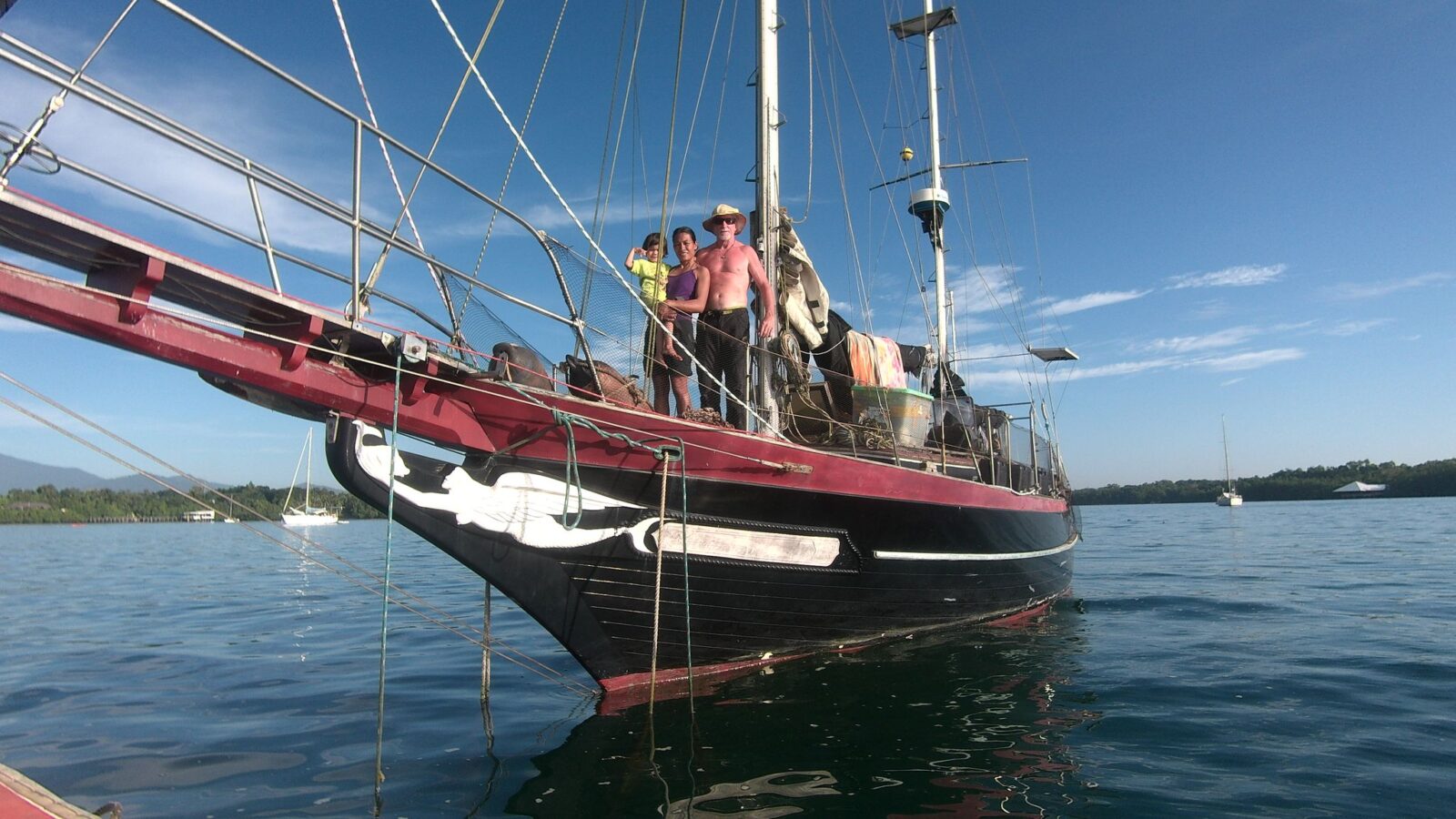
K2 Fees Up for the First Time in 20 Years, and It’s a Good Idea


For the first time in 20 years, Pakistan has raised the climbing permit fee for K2. The fee had stayed the same in an effort to attract mountain tourism.
Environmental issues, such as garbage piling up at Base Camp and overcrowding, have prompted the authorities to limit the number of climbers on their most emblematic mountain, even if it means a cut in profits.
For self-sufficient climbers, K2 is actually quite cheap to climb. The modest permit fee even after the increase is one reason, but not the only one. Karakoram climbing involves more austere Base Camp facilities and supplies because everything must be carried in. Helicopters cost some $20,000 per flight and are only an option for rescues or occasionally when rich clients want to avoid a long approach trek.


K2 from Concordia during the approach trek. Photo: Sarah Strattan
Why is a K2 permit so cheap?
At the turn of the century, a K2 permit for a team of seven costs just $12,000. But September 11, 2001, changed everything. The attack on New York’s World Trade Centre and the Pentagon destabilized several countries, including Pakistan. Many climbers reevaluated their plans.
Pakistan’s authorities reacted by cutting the fee by 60% for 2003 expeditions. The same seven-person team now paid just $7,000. Larger teams paid an extra $1,000 per additional member.
Some years later, there was a minor adjustment to $1,200 per additional member. Still, this was a bargain compared with Everest. There, a permit costs $11,000 per person. As a result, a large number of independent climbers gather on K2 every summer, sharing permits and Base Camp logistics.
Beginning in 2023, expeditions to K2 will pay $12,000 for a seven-member team and $3,000 for each additional member. Effectively, this is not an increase but a return to 2001 prices! But of course, the permit fee is only one cost for an expedition to K2. Other costs have increased substantially in the last two decades.


New permit fees and regulations approved by the Gilgit-Baltistan government.
How much do local operators cost for K2?
According to Karrar Haidiri of Pakistan’s Alpine Club, a climber using local operators for permits and logistics, including a high-altitude porter (HAP) and bottled oxygen, typically spends between $9,000 and $10,000. The cost is less for those going without supplementary O2 and porters.
In comparison, a shoestring expedition to Manaslu in Nepal (we are ignoring Everest, which is a different league in terms of cost) is $11,000 to $12,000. This does not include common extra expenses, including helicopter airlifts, resupplies, O2, and Sherpa support.
With these extra fees, a climber should expect a Manaslu expedition to cost no less than $15,000 for an average expedition and $20,000 and up if you want experienced Sherpa guides, airlifts, and Base Camp comforts. Considering that Manaslu’s climbing fee is $450 per person, it is clear that the big money is not going to the government.
Back on K2, Jasmine Tours, one of Pakistan’s largest outfitters, offers an all-inclusive service from Islamabad to K2 Base Camp and back, including 60 days of service and a peak permit, for $6,000 per person.
Once in Base Camp, climbers using the normal route need to ask those fixing the ropes if some contribution is needed. Then they must decide on how much support they’ll use.
“A HAP costs around $4,000 to $5,000, including his equipment money and daily wages,” Jasmine Tours’ Ali Porik explained. “But the final fee varies according to his experience. Oxygen bottles cost $500 to $600 and it is a similar amount for a mask and regulator.”


The huge Base Camp on the Godwin-Austen glacier, hosting K2 and Broad Peak climbers earlier this summer. Photo: Gao Li
How about the International outfitters?
This past summer, Pioneer Adventure (a mid-range Nepalese outfitter) charged $33,500 for K2. Their price included a supply of bottled O2 and one Sherpa per client. The increase in permit fees will result in an approximate increase of 10% for 2023 expeditions, the company’s spokesperson told ExplorersWeb.
Most Western outfitters have already published their 2023 fees. Furtenbach Adventures offers a fully-supplied, four-week Flash expedition that includes pre-expedition hypoxia training, for about $60,000. Garrett Madison charges $69,500, while SummitClimb charges $40,500 for a fully supplied expedition and $19,450 for a basic one.
The most expensive outfitters offer tailored trips in which every item is specifically priced. These usually go well beyond $100,000.


Trash piling up in K2’s Camp 2. Photo: Sarah Strattan
Further limits
The document issued by Gilgit-Baltistan’s government includes new regulations as well as the increased permit fee. These will affect all the country’s mountains. The maximum number of expedition members is now limited to 15. This is a clear attempt to avoid overcrowding on summit days and may keep powerful operators from hogging all the available space in higher camps. Bigger teams also bring more equipment and potentially leave more garbage behind.
Point four in the Terms and Conditions section of the document marks a big change: “A permit shall be issued for one peak only. After completion of their mission, another permit shall be issued.”
If applied strictly, this could alter strategies for bigger teams aiming for very trendy double-headers, such as those offering both Gasherbrums or K2 and Broad Peak together.


Crowds of ant-sized climbers descend from the summit of K2. Photo: Kristin Harila
The double-header trick
This summer, several teams planned to start by climbing Broad Peak before K2. It is lower, technically easier, and helps acclimatize for K2. In theory, those going to Broad Peak first also avoid the initial crowds on K2.
In reality, the moment news broke that the K2 fixing team was about to summit and a good weather window approached, they changed plans and climbed K2. The result was about 150 people in a line under the Great Serac on July 22.
Luckily, nothing fell. At the end of the day, we had a record number of K2 summits and not one of the biggest tragedies in mountaineering history. After succeeding on K2, virtually everyone went home and forgot about Broad Peak.
Now, teams will have to stick to their plans. It will be the Liaison Officer’s responsibility to grant a new permit for a second summit once climbers have “completed their mission” on the first peak.
But what does “complete their mission” mean? Clearly, you can summit the mountain or call your attempt off, but will you also have to retrieve all your gear? Will teams be allowed to leave their gear up the mountain for another team? If the rule is enforced, it seems unlikely, particularly since each team usually has a different Liaison Officer.


Group selfies as big as this one will not be possible on K2 next year. Photo: Elite Exped
The details probably need some fine-tuning and the new measures may be implemented more or less strictly, but the new rules feel like a sensible step. Increased safety, better waste management, and less crowding are all things we can get behind.
Harder for the little guy
The downside? Some smaller local outfitters worry about their jobs. While the new measures should be more sustainable, they will require more investment in time and resources, especially for those offering more than one peak. This investment will be much harder for the little guy.
Yet setting limits on industrial climbing is a necessary change, considering recent trends in the 8,000m market. Recent strategies have focused on optimizing resources, enlarging services, and multiplying numbers (of summits, clients, money, and profit), regardless of the damage done to the mountains and mountaineering.


























Recent Comments